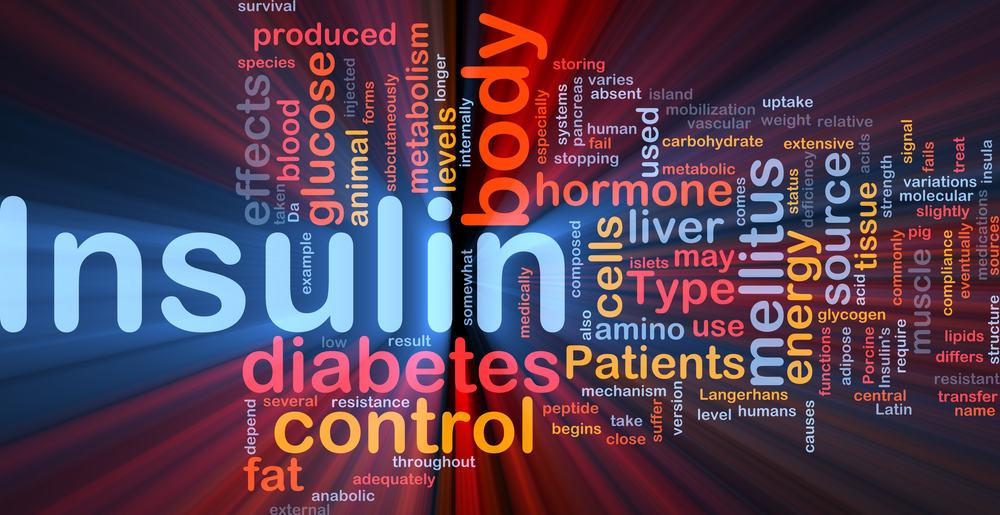Produced by the pancreas, insulin promotes the regulation of blood glucose. Some people may suffer from a disorder in which insulin is used improperly, also known as insulin resistance. This condition makes the cells in your body unable to use insulin the way it is supposed to, resulting in high levels of blood glucose and prediabetes.

The effects of insulin resistance
Unfortunately, insulin resistance does not usually have any noticeable symptoms.
Some people with insulin resistance may have acanthosis nigricans, which characterized by dark patches on the back of the neck, groin, and armpits. Insulin resistance can even secretly damage your blood cells, increasing your risk of heart disease and stroke.
In addition, insulin resistance is the first step toward type 2 diabetes. Classic diabetes symptoms include extreme thirst, frequent urination, unusual hunger, tingling sensations, and fatigue.
Evidence in blood tests
Without obvious symptoms, insulin resistance (and, thus, prediabetes and diabetes) is usually detected through a blood draw using an A1C test to evaluate your blood sugar levels over the past few months. You don’t need to be fasting for this test. An A1c under 5.6 percent is considered normal. An A1C between 5.7 and 6.4 percent is diagnostic for prediabetes. An A1C equal to or above 6.5 percent is diagnostic for diabetes. Your doctor may choose to confirm this test on another day.
Besides, a fasting blood glucose test — taken after you have fasted overnight — will provide your fasting blood sugar level. A second test may be necessary to validate your result. Fasting blood sugar levels under 100 mg/dL are considered normal. Levels between 100 and 125 mg/dL are diagnostic for prediabetes. Levels equal to or greater than 126 mg/dL are diagnostic for Type 2 diabetes.
As you age, it is advisable to check up regularly for diabetes and other medical conditions. You should test earlier if you are overweight and:
- Have an inactive lifestyle;
- Have low good (HDL) levels, high triglyceride levels, or high blood pressure;
- Have family history of diabetes;
- Belong to certain ethnicities such as American-Indian, African-American, Latino, Asian-American, or Pacific Islander;
- Suspected of insulin resistance;
- Had gestational diabetes while you were pregnant;
- Gave birth a baby who weighed more than 9 pounds.
Losing weight and keeping your weight down seem to be to key to maintaining normal insulin and cell function and keep your blood glucose levels in the desired range. Staying active is important as well.
Remember that a diagnosis of insulin resistance or prediabetes is a warning, which can often be reversed with healthy lifestyle choices
Insulin resistance might sneak up on you, but you may be able to defeat if you eat right and are physically active throughout the week.
[embed-health-tool-bmi]


















